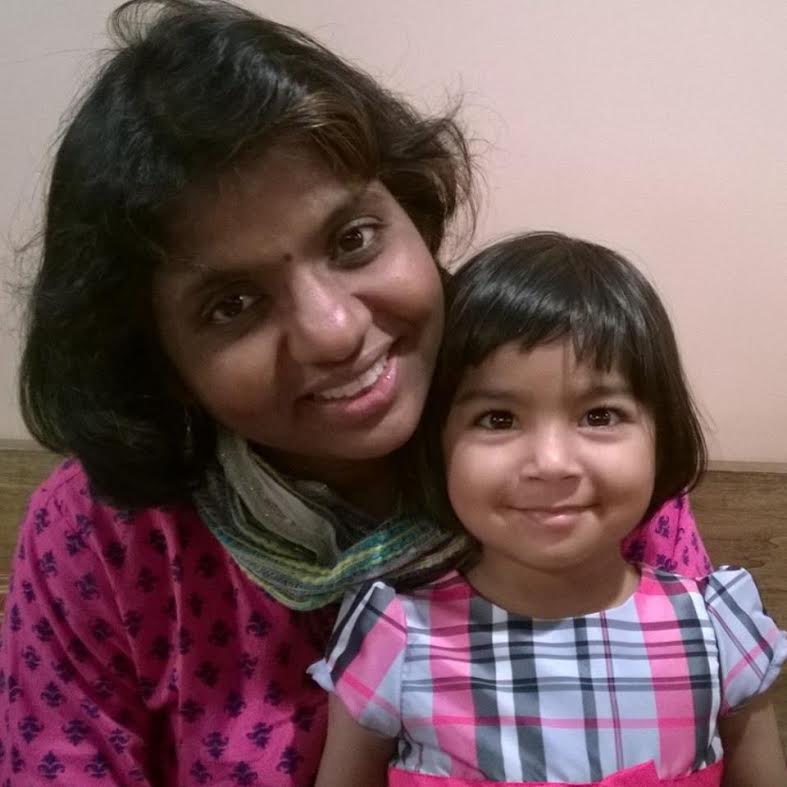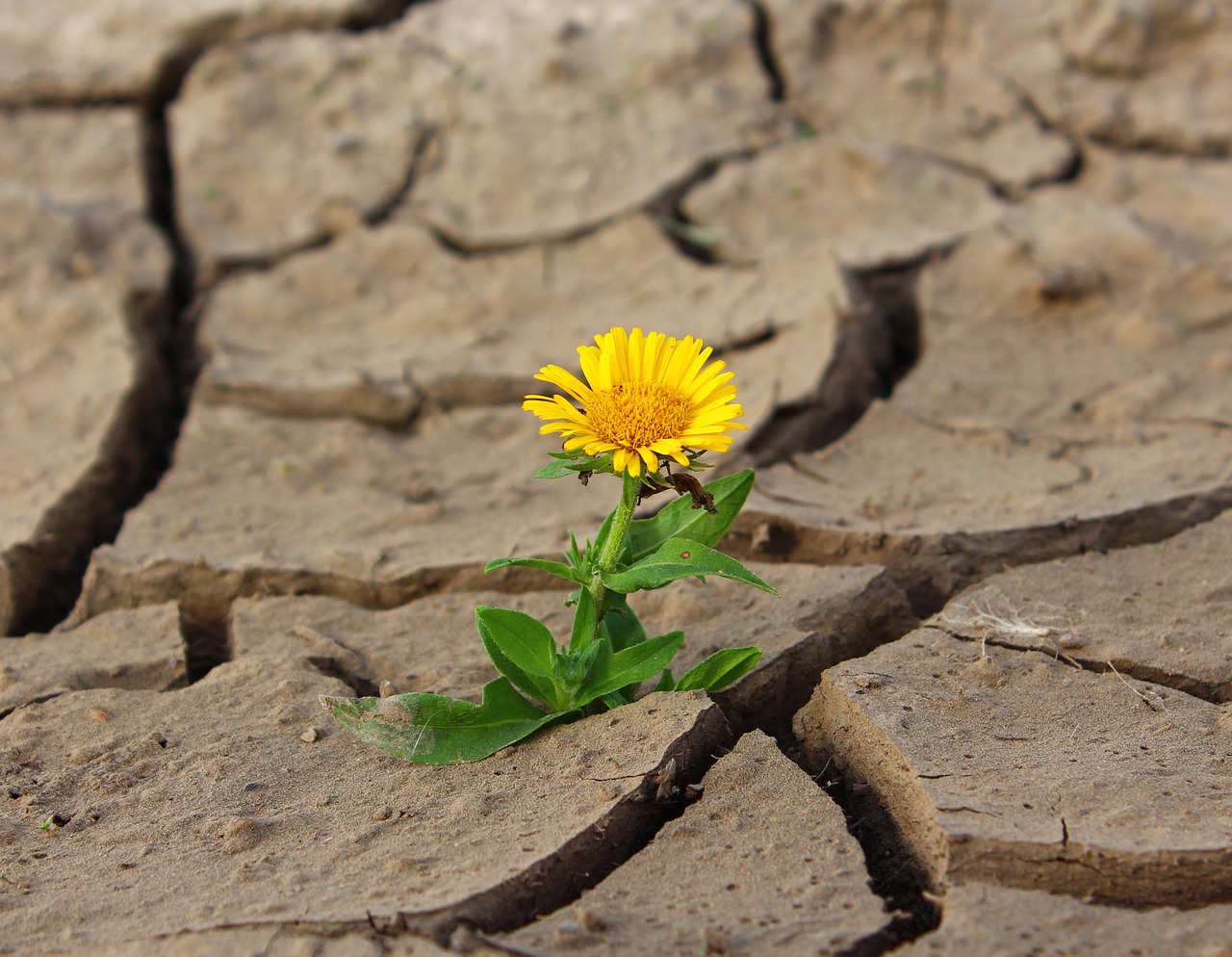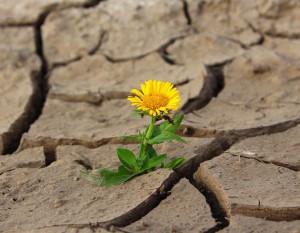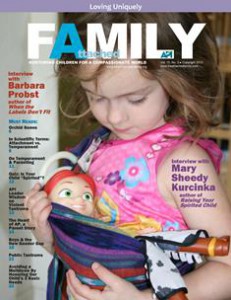 I hope you were able to reflect on ways to make changes in how you live during this year’s Earth Day on April 22. Having a baby has made me so conscious of every day choices I make for myself and my soon-to-be 4-year-old daughter. Parenting is a learning experience, and when I look back, indeed every day has been nothing short of a live classroom.
I hope you were able to reflect on ways to make changes in how you live during this year’s Earth Day on April 22. Having a baby has made me so conscious of every day choices I make for myself and my soon-to-be 4-year-old daughter. Parenting is a learning experience, and when I look back, indeed every day has been nothing short of a live classroom.
Before I was expecting, a local Earth Day event had really got me thinking of the power each of us holds to change things.
My family’s health has become my top-most priority, and eating well is a big part of that. We get farm-fresh milk from a local dairy, fresh vegetables from another farm and freshly baked goodies from local bakers. The rest, we cook at home most of the time.
We had always recycled, but we still generated some waste. That waste multiplied manifold when we had our baby and made me look for ways to reduce diaper waste. I found cloth diapers. We also have a compost bin in the backyard that helps us eliminate most of our remaining waste. The compost is used for our fruit trees and vegetable beds.
I love gardening with my kids, we use use grow tents for indoor gardening and they love it. My little daughter even know all the names of each plant we have.
The joy on our little one’s face when she plucks her own fruits and vegetables to eat is so immense that it keeps me going with gardening no matter how busy life may be. Sometimes, she just relaxes under the parasol and I realised how Parasols for your garden can be a boon on a scorching day.
Gardening is among the leading hobbies just about everywhere in the world. The popularity of gardening with the aid of home greenhouses online kits has caused an explosion of green house equipment and supplies designed for the hobby gardener. What was used only in commercial or institutional growing houses is now being used in the avid gardener’s own custom built greenhouse as well. Many of these supplies can be costly and it is necessary that you realize what you will need when planning a custom hobby greenhouse.
Growing your own produce, fruit and vegetables all year-round is making the basic gardener consider a hobby greenhouse for low cost sustainability. Hobby greenhouses, whether it is a kit, a lean-to or a stand alone greenhouse, are all great ways to become a part of this vast emergence due to the high costs of living and the concern for organic products and healthy choices.
Besides planning a place in your yard for your hobby greenhouse, the builder will guide your project through a professional and successful construction and installation process. Hobby, school and commercial greenhouses and greenhouse supplies are also items you will want to ask about in your planning stages.
For example, if you live in colder climates, you will want certain types of heating systems and particular materials in the greenhouse to aid your plants in healthy growth year round.
Misting and fog systems are common greenhouse equipment that is used in southern greenhouses and hot climates. Misting systems aid to cool greenhouses with a fine mist that depresses air temperatures when it evaporates. Greenhouse supplies for misting and fogging come in many sizes and costs and your greenhouse builder will also help you decide the proper size and will order it directly through his various sources.
Greenhouses provide a controlled environment for plant life by the common use of venting. This is where the vents are built into the greenhouse roof, and allow the heat to rise, or the mist to ascend. This allows most vegetation or floral to grow at the control of the gardener.
Another utility for healthy agricultural growth is with hydroponics. Hydroponics are usually a steel or plastic piping that allows the root to grow while it feeds on the nutrients in a water solution. No soil is necessary and the beauty of this method is the fact that it rids all plants of soil based disease and is more cost effective in the long run. Hydroponic greenhouses are growing in numbers within southern greenhouse regions. The greenhouse builder or manufacturer can either supply the hydroponics or they will point you in the right direction for setting up your hydroponic greenhouse.
While a custom built greenhouse is a permanent greenhouse due to size and land restrictions, lean-to and stand alone small greenhouses are good solutions.
Lighting for greenhouses are another greenhouse supply that you may wish to also include. Greenhouse lighting artificial lights may be required if your growing area does not provide adequate light. Grow lights are great for helping plants maintain healthy growth. It can also aid the grower in sprouting and germination of the select plant of choice.
There are also other greenhouse supply options that are useful, such as plant hangars, sprinklers, misting wands, extra doors, shelving, and greenhouse shades that roll over the roof of the greenhouse to provide more adequate shade solutions. PVC fittings, even greenhouse insulation and benches are also very popular.
If you live in an region with a short growing season, the cool weather can overtake crops like tomatoes and peppers when these would be at their peak. With greenhouses, you extend your short season so you are able to delight in the ability to have fresh vegetables longer.
Mini greenhouses, or very small greenhouses range in non-enter to small walk in greenhouses the size of a small coat closet. They are a great way to ease into greenhouse gardening. These are also built by the custom greenhouse builder and you can order kits as well. The kits may be simple inferior products due to the materials used, but at least it could be a simple solution to a new beginning in greenhouse gardening.
Anyone can grow plants, but to grow plants well takes a little knowledge, skill and the right equipment. Each city and on line resources offer excellent information on starting a greenhouse garden. A greenhouse creates the perfect atmosphere for plants to flourish; so many people are building greenhouses on their properties, and stocking them with the right greenhouse supplies.
One last type of greenhouse structure to consider is the luxury greenhouse. These are very large solarium’s and greenrooms, some with many stories and swimming pools, water fountains and foliage resembling that of a vacation hideaway. Again, ask your greenhouse builder for more information on building a luxury greenhouse and planning your custom greenhouse.
When we started solids, my daughter started daycare around the same time. I struggled with the reality of balancing life and work with the option of serving prepackaged food versus preparing fresh food. Eventually — between breast milk, some freshly prepared food and some store-bought jars — we found our balance.
Soon after our daughter’s first birthday, we bought our first house. The house came with a yard that was landscaped with native species of shrubs and trees. It attracted some rare species of birds that I have gotten to see thanks to our little one who encourages me to spend time outside with her, rain or shine. The freedom from having to water the yard even in the driest of Oregon summers is such an advantage.
Every new parent knows the amount of stuff we accumulate when babies arrive in our lives. Trying to fit all the stuff in an apartment when we had our baby made me very conscious of how much “baby stuff” I was going to get, either as gifts or buy on my own. I did not stop myself from buying something if I really liked it, but I had to make a conscious effort to say “no” to a lot of gifts. Moving into a house hasn’t changed much in terms of lack of storage space, and I continue to use stuff from close friends and pass down stuff to new families as soon as I get the opportunity.
Celebrating birthdays has been another occasion where I have put my green choices to great use. I call these “gift exchange” parties and encourage friends to bring used or recycled toys. I send home potted seedlings as return gifts that our friends’ children can plant to enjoy their fruits.
As a mother wanting to raise a like-minded daughter, I am already starting to reap the benefits of sowing these “seeds” of conscious living. My daughter saves her toys to give away to other little ones, and whenever the kitchen tap or shower faucet has running water flowing with full force, my little one reminds me to use it just as much as I need and to not waste too much water in the shower.
I hope you have been inspired to make some small every day changes in how you live to benefit the health of our Earth.
“Simplicity Parenting” with Kim John Payne
 Purchase this one-of-a-kind API audio recording for only $9 and learn how to:
Purchase this one-of-a-kind API audio recording for only $9 and learn how to:
– Define family values for our children
– Put limits in place to guide our children to our family values
– Develop a multi-faceted foundation of connection with your children, being careful that connection isn’t based on a sole factor
– Understand the power of simplicity in reducing stress and boosting connection, creativity and relaxation among both parents and children within a family
– And so much more!
 This year’s theme for Mother’s Day at APtly Said is “Life Lessons.” We were asked to reflect on what we have learned since becoming a mother. Well, I think the easier question to answer would be what haven’t I learned since becoming a mother?
This year’s theme for Mother’s Day at APtly Said is “Life Lessons.” We were asked to reflect on what we have learned since becoming a mother. Well, I think the easier question to answer would be what haven’t I learned since becoming a mother?














